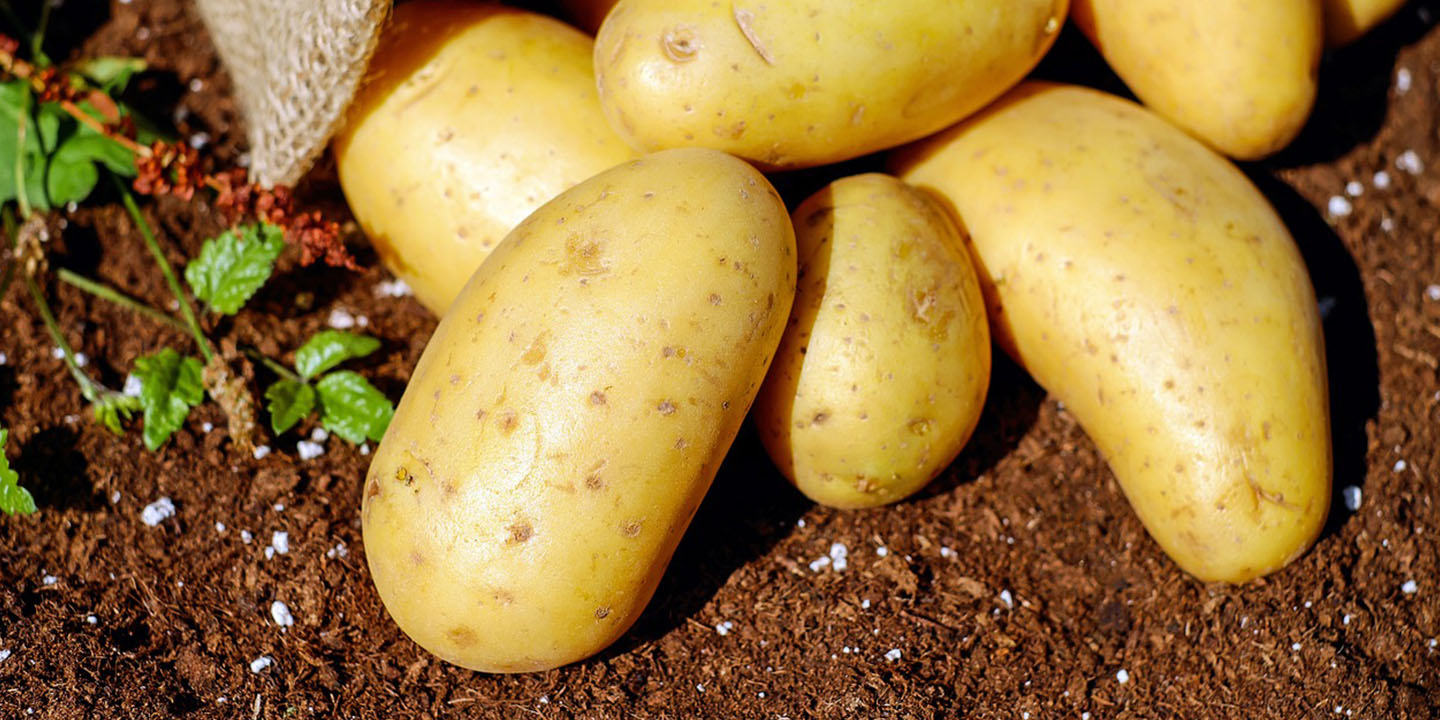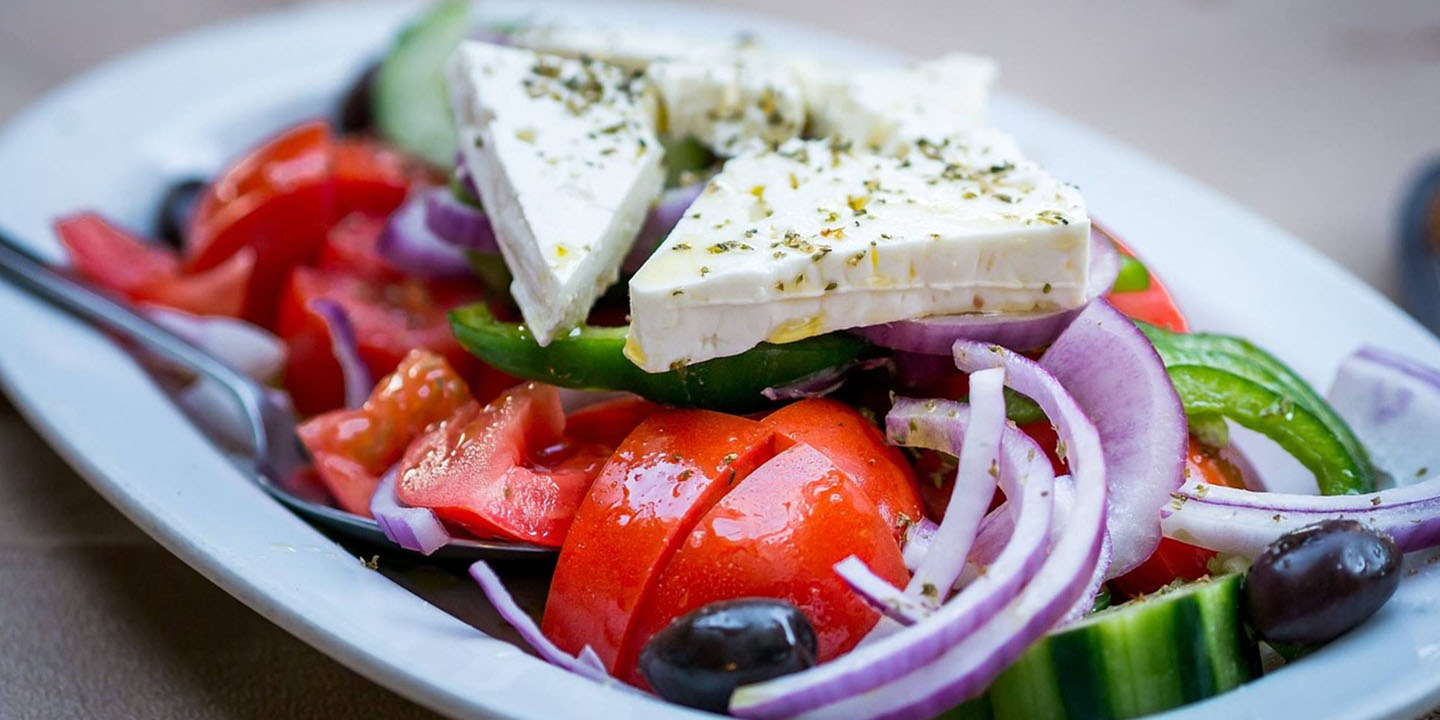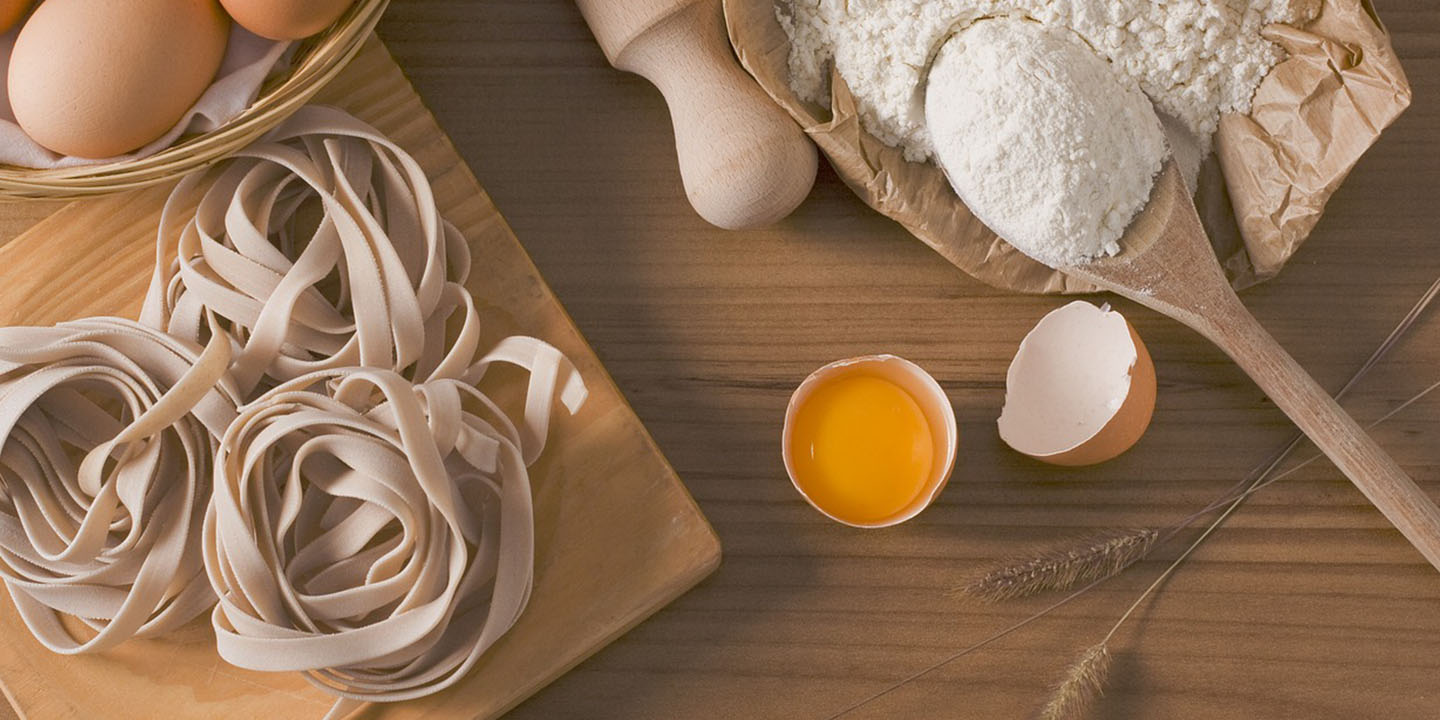Where Smoke Meets Mastery
There's something deeply satisfying about cooking over an open flame—the aroma, the sizzle, the anticipation. However, grilling well is a craft built on small decisions that make a big difference. Also, note that mastering the grill isn't reserved for pros but is about understanding the process and trusting it. When you want to bring out the best in your time spent grilling, you can rely on the 20 tips ahead.
1. Choose The Right Grill For Your Cooking Style
Gas grills are ideal for beginners thanks to fast ignition and steady heat. Ceramic kamado grills retain heat and offer versatility, while pellet models handle roasting and smoking. Different grills have different advantages, so make your choice.
2. Use A Chimney Starter For Perfectly Lit Coals
Chimney starters offer an even, quick way to light charcoal. This helps preserve the food’s natural flavor. Most chimneys get coals fully ignited in about 20 minutes, and they use newspaper or clean fire starters inside. You’ll avoid flare-ups and patchy heat.
3. Keep The Lid Closed To Lock In Smoky Flavor
Keeping the grill lid closed traps heat and smoke, allowing for even cooking and deeper flavor. It prevents heat loss that can undercook food and mimics oven-like roasting. Lifting the lid repeatedly can cause the meat to dry out.
4. Preheat The Grill To Kill Bacteria And Prevent Sticking
Give the grill a 10-to-15-minute heating before cooking. This kills bacteria left from past meals and prevents food from sticking. Searing happens fast on hot grates, and high heat produces flavorful Maillard browning reactions.
5. Use A Meat Thermometer For Accurate Doneness
Medium-rare steak is 130–135°F, not something you just guess. A thermometer makes grilling more accurate. It reads internal temperatures to prevent mistakes. Digital probes track progress with the lid closed. Grillers often use thermometers for brisket and ribs.
 How to Use the Alpha Grillers Digital Thermometer by Alpha Grillers
How to Use the Alpha Grillers Digital Thermometer by Alpha Grillers
6. Create Heat Zones For Multi-Level Cooking
Heat zones allow both searing and slow cooking in one setup. Foods that cook at different speeds benefit from separation. High heat works for burgers; low heat finishes chicken. Indirect areas are ideal for ribs and vegetables.
7. Let Meat Rest Before And After Grilling
Before grilling, let the meat rest to reach an even temperature. After cooking, let it sit again to redistribute the juices. Steaks need about 5–10 minutes, while roasts need longer, at least 15. Rested meat tastes more tender and slices more cleanly.
8. Clean The Grates Every Time To Prevent Flare-Ups
Cleaning removes old fat and food that can cause flare-ups, and a clean grate improves grill marks and prevents sticking. Wire brushes or grill stones are good for scrubbing, and brushing while the grates are hot makes debris removal easier.
9. Oil The Grates And Not The Food
Where you apply oil matters. Grates need the coating, not meat, and it makes for cleaner, sharper sear marks. Apply oil with a paper towel held in tongs and enjoy less oil-soaked meals. Spraying a hot surface risks flare-ups.
10. Don't Press Burgers—Keep The Juices In
Pressing burgers causes juice loss, leading to drier meat and a tough texture. One flip during cooking is usually sufficient. Lost juices can also trigger greasy flare-ups. Pressing increases the chance of uneven cooking and a broken structure.
11. Master Direct Vs. Indirect Heat Techniques
Use direct heat for foods like steaks. As for thicker cuts or slow-cook recipes, they thrive in indirect zones. Burnt outsides and raw centers are what indirect cooking helps avoid. Switching between the two improves control. Learn both to level up.
12. Avoid Constant Flipping—Trust The Process
Frequent flipping softens grill marks but creates even browning. Turning every 30–60 seconds promotes uniform cooking and preserves moisture. Flipping at intervals also helps prevent sticking, especially on oiled grates. Either method—minimal or timed flipping—can build a flavorful crust.
13. Use Dry Rubs For Bigger Flavor Impact
Dry rubs enhance both flavor and texture more effectively than sauces. They create a crust during grilling and can be tailored to various regional BBQ styles. Resting meat for 30 minutes after applying the rub improves flavor absorption.
 James Brooks from Kodiak, Alaska on Wikimedia Commons
James Brooks from Kodiak, Alaska on Wikimedia Commons
14. Marinate With Acid For Tender, Tasty Results
Marinate meat with base acids like citrus or vinegar to make it tender. Doing this also boosts flavor and moisture. Be careful not to marinate too long—it can make the texture mushy. A short 30-minute soak works well for some cuts.
15. Try Smoking Chips For Bold, Wood-Fired Taste
Smoking chips add natural flavor to grilled food. Different woods, such as hickory or apple, provide unique profiles. Soaking chips slows their burn, encouraging smoldering. They’re placed over coals or burners in foil packs. Fish and poultry absorb them well.
16. Grill With The Lid Off For Fast Searing
Open the lid when searing thin steaks or veggies. It exposes them to direct heat and lets you flip quickly. Smoke won’t build up, and you get better crust in less time. Lid-off grilling gives precise control when seconds matter.
17. Add Fresh Herbs To Coals For Aromatic Smoke
Herbs placed on coals release fragrant oils as they burn. Wrapping them in foil or soaking slows combustion. This adds a light, aromatic layer to grilled foods. Rosemary, thyme, and oregano are commonly used. Even basic charcoal benefits from the added herbal aroma.
18. Use Aluminum Foil To Cook Delicate Items
Wrap delicate foods like fish or sliced vegetables in foil. It prevents them from falling through grates and allows both grilling and steaming. Foil packs also hold sauces in place. Best of all, cleanup is easier, and there’s less chance of flare-ups.
19. Learn The Finger Test For Steak Doneness
The finger test compares meat texture to hand muscle firmness. A relaxed palm represents rare, while the base of the thumb equals well-done. This technique is useful when thermometers aren't available. Many grillers use it as a backup method for checking doneness.
20. Grill Fruits For Sweet, Caramelized Desserts
Grilling caramelizes fruit sugars and adds rich flavor and a smoky note. Fruits that grill well include pineapple, watermelon, and peaches, and brushing with balsamic or honey adds contrast. Fruit skewers are a crowd-pleasing grilling surprise.
KEEP ON READING

The 5 Most Consumed Foods in the Entire World

























